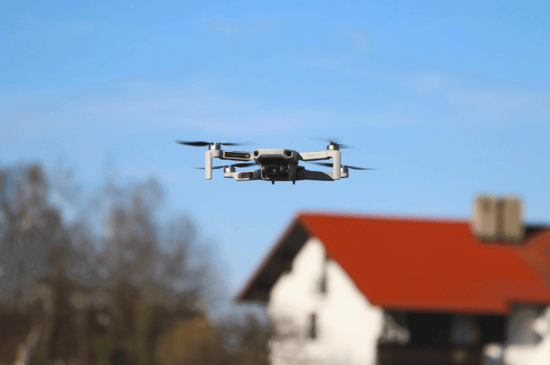5 Ways Visual Technology Is Changing Property Investment Decisions

Back in the day (which is only about 10 or 15 years ago), you had to go in person or send a trustworthy representative if you wanted to invest in property. Before making the final decision, you had to travel to the site, meet with agents, and dig through paperwork.
Fast-forward to today, and the game has changed dramatically. Thanks to advances in visual technology, you can evaluate, analyze, and even experience properties from halfway across the world.
These technologies streamline decision-making, sharpen due diligence, and open doors to markets that were once too distant or risky to consider. If you’re still not convinced but think the old way of doing business is too time-consuming, let us show you how visual tech is revolutionizing property investment decisions.
1. Enhanced Due Diligence
Technology has already carved out a permanent seat at the table in commercial real estate, with smart building techniques and AI-enhanced planning. To take things even further, smart tools are now taking over the due diligence process.
Tools like the Giraffe360 camera allow investors to virtually “walk through” a property in high-definition detail, assessing everything from floor plans to finishes from miles away. This allows you to identify red flags early, rule out unfit properties faster, and focus your energy (and money) where it matters.
Additionally, real estate platforms are increasingly adopting these tools, making it easier to verify property conditions and flag potential issues in half the time.
2. Faster Remote Evaluations
In a fast-moving market, you have to act fast if you want to get the best options. Right now, real estate is a hot market all over the world (except a few areas), so investors are looking for various ways to speed up the evaluation process.
The good news is that technology is again the solution. Besides cameras that take detailed photos of the interior, realtors can now use drones to take an aerial view of the property. This way, you can assess a property’s condition, surroundings, and layout by watching a 5-minute high-definition video that includes all the important details.
Well-realized aerial footage can tell you everything you want to know about a specific property:
- Is the neighborhood thriving?
- Are there flood risks or zoning quirks?
- Is the rooftop solid?
- How accessible is the property?
- What is the potential for development or expansion?
- What are the property’s boundaries and land features?
You’ll get answers to all these questions and more without ever setting foot on a plane. Plus, faster evaluations mean faster decisions, better timing, and a chance to beat competitors to the table.
3. Reduced Risk
Visual tech can help you see what it is and what it could be. Augmented reality (AR) tools allow you to visualize renovations, floor plan changes, or future tenant layouts before a single nail is hammered.
Predictive modeling takes things a step further, with the help of historical data. This clever software runs visual simulations to forecast property values, rental property income, or post-renovation ROI. These tools can also forecast zoning changes, which helps you align with market trends.
Of course, you can’t expect these predictions to be 100% accurate, but the insight you get is extremely valuable, especially when it comes to reducing costly surprises. It’s also a fun way to get new ideas by running virtual redevelopments or flips.
4. Better Offsite Investor Relations and Reporting
When investors aren’t local, or even in the same time zone, it’s tough to keep everyone up to date. But things are changing now that we have all this amazing visual technology.
As a potential investor or stakeholder, you can ask to see a live feed from the drones that fly over the property or a direct feed to the camera that records the interior.
Visual technology has made the reporting process more transparent and builds trust between stakeholders and teams on-site. Whether a ground-up development or a value-added renovation, seeing the progress firsthand (even remotely) helps you feel more connected and confident.
5. Enhanced Market Analysis
Data is great, but if you want to make fast and good decisions, you need a visual interpretation that helps you understand the situation at a glance.
Today’s visual data tools do just that using heat maps, 3D models, and interactive visual dashboards to indicate areas of growth, rental yield potential, and even emerging trends in demand.
These visual tools allow for real-time analysis of pricing trends, crime rates, school proximity, and transportation links, all in an easy-to-understand format. With a few clicks, you can compare neighborhoods and markets, identifying high-potential areas that might otherwise fly under the radar.
Tech Tools for the Smart Investor
There’s no denying it: visual technology is transforming how investors make decisions. From enhanced due diligence with 3D tours to accelerating remote evaluations through drones, tools like AR and predictive modeling are reducing risks and improving outcomes.
Market analysis is faster and more accurate with visual data tools, helping investors spot trends and opportunities with ease.
As the real estate landscape evolves, embracing these modern tech tools is a smart move. Trusting these innovations will give you the edge to make more informed, confident, and profitable investment decisions.